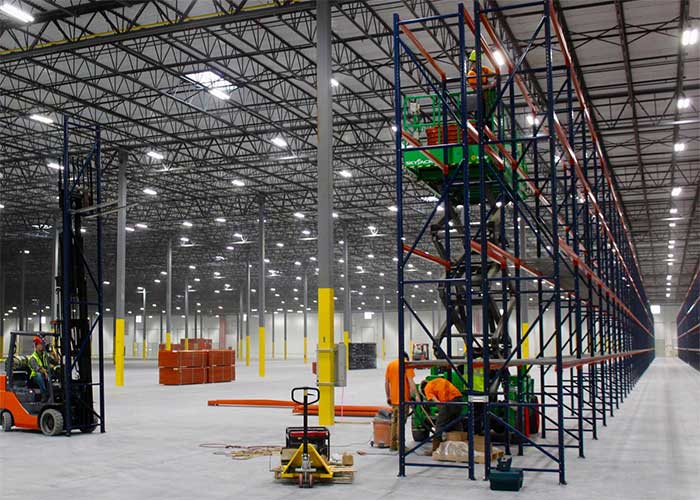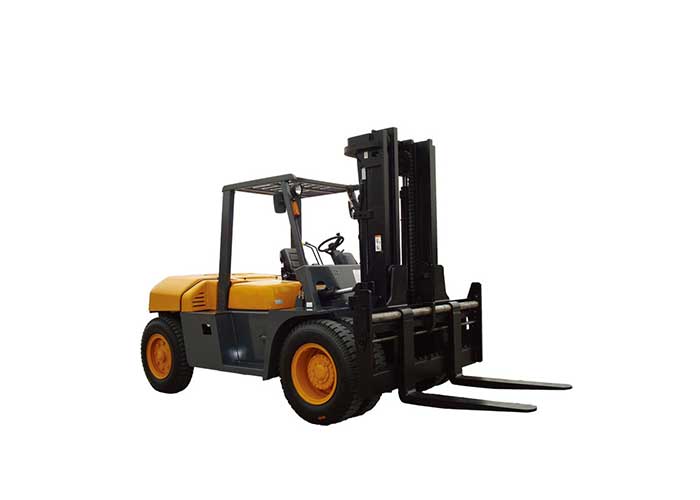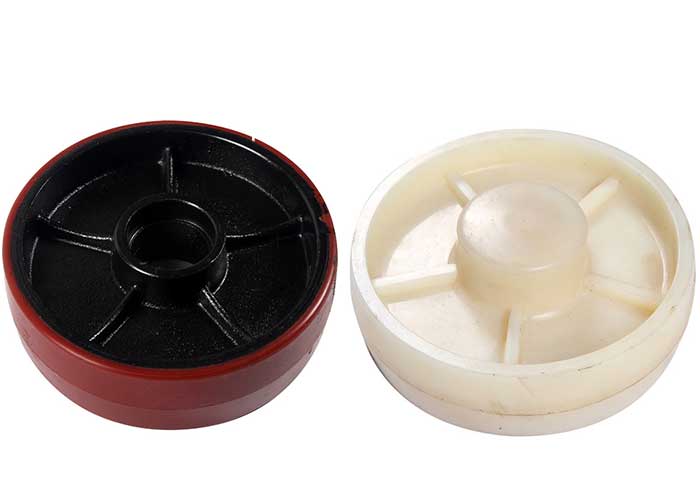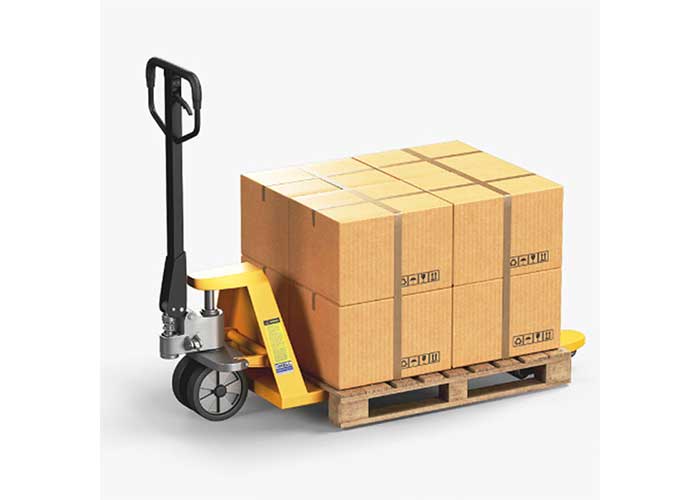-
 E-mail:
[email protected]
E-mail:
[email protected]
-
 Wechat: +8613959222269
Wechat: +8613959222269
-
Time:3/3/2020
-
Time:3/2/2020
-
Time:2/28/2020
-
Time:2/28/2020
-
Time:2/27/2020

- CONTACT US
- Wechat: +8613959222269
- [email protected]
Products News
High, Intermediate, And Low Volume Systems
 Time:9/18/2019
Time:9/18/2019 901
901Share:
Any business that produces and/or sells physical products relies on some form of manufacturing to create the products they sell. Small business might produce their own goods on-site or custom-make their products to order, while bigger corporations have massive manufacturing processes that can turn out thousands of items per day.
If you’re considering scaling your manufacturing processes up or down to meet customer demand and product availability, there’s three different volumes and methods of manufacturing to choose from: high-volume, intermediate-volume, and low volume systems. Read on to learn more about each and find out which might be best for your business:
High-Volume Systems: High-volume manufacturing is essentially the same as mass production, in that large quantities of goods are produced simultaneously over a short period of time with little-to-no variation. This method is typically best for large operations who can afford to employ a large number of workers and pay for a large number of materials to create larger volumes of goods at once.
Advantages: High-volume systems allow manufacturers to produce goods much faster than other methods, which is ideal for any business that needs to keep up with large customer demand. Mass production can also reduce the overall cost of production per unit due to the quantities being produced simultaneously.
Disadvantages: Due to its size and output levels, high-volume manufacturing has the highest upfront cost due to space requirements and the need for specialized equipment, like assembly line machines and additional industrial storage.
Intermediate Volume Systems: Falling between mass production methods and smaller, made-to-order procedures, intermediate volume systems are perfect for items that need to be made in larger quantities, but not large enough to justify the continual production that high-volume systems would bring about.
Advantages: Intermediate work manufacturers can shift from one job to another to meet changing customer demand and inventory availability, without worrying about over-producing or coming up short and losing out on potential orders.
Disadvantages: Due to the intermittent nature of the work, setup and ordering will have constantly fluctuating costs to reflect the change in supplies and products. Intermediate manufacturing also makes it harder to keep up with or predict customer demand, which may lead to issues if an item proves more popular than projected and you’re left unable to keep up with demand.
Low-Volume Systems: Ideal for any small business that produces its own items and only needs to make small quantities of goods, low-volume systems are common in industries like medical devices, garment/clothing production, and any local business that specializes in made-to-order goods.
Advantages: Low-volume production allows you to create exactly as many items are needed to meet customer demand, and the small scale of production allows you to make additional items to meet order overages in case you sold through your initial runs. The small item runs also allow you to use smaller industrial storage or wire shelving solutions to store your items as opposed to taking up entire warehouses to store produced goods.
Disadvantages: Producing goods at a smaller volume requires a careful balancing act between part cost, labor cost, and item volume. The initial investment tends to be a little bigger and may overwhelm the profits you gain from producing these items, and being relegated to using off-the-shelf components to design your products may hamper your creativity and ability to custom-design products.



















